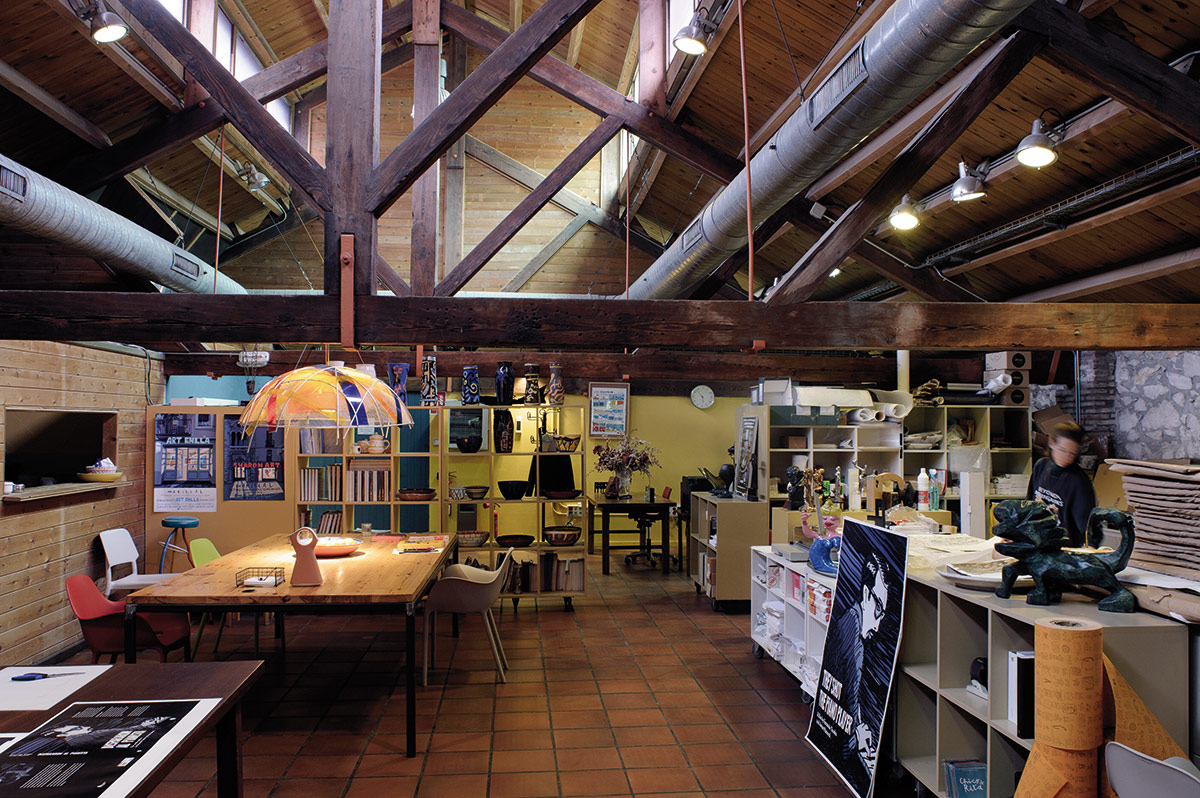Javier Mariscal
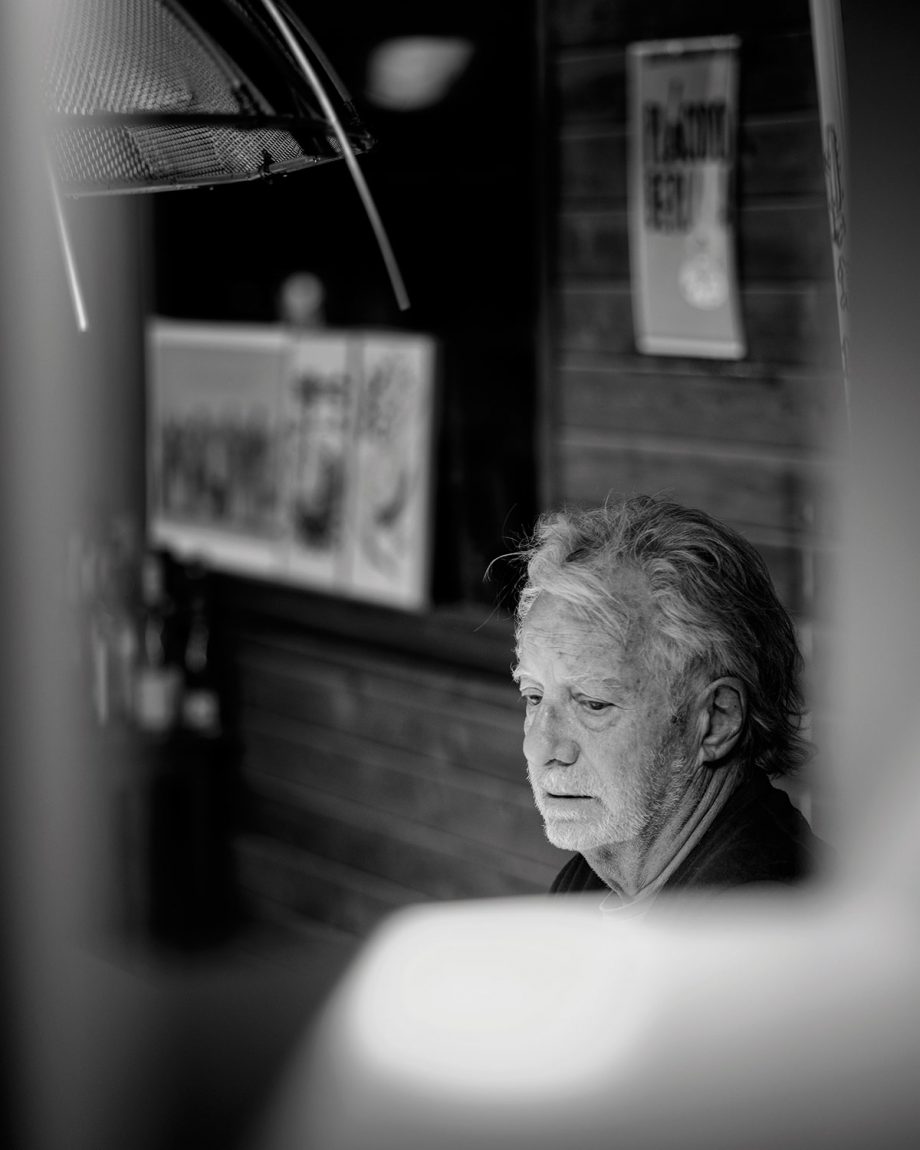
AN UNFORGETTABLE JOURNEY INTO HUMAN TALENT
PHOTOGRAPHY BY JEAN MARIE DEL MORAL @JEANMARIEDELMORAL ILLUSTRATIONS BY JAVIER MARISCAL ABCdARI IL.LUSTRAT ANTONI BOSCH EDITOR SAU 2022 WORDS AND INTERVIEW BY CARLOS ÁLVAREZ STARRING @MARISCALOFICIAL
When people ask me about Barcelona, my city, I tell them about its clichés. The beautiful architecture, where the modernist style, among others, covers façades and roofs with dragons or seabeds. The colourful markets and amazing restaurants, where you can eat an incredible number of delicious “tapas”. Or the sunny beaches, where every day the waves comb the fine sand. But if anyone has been able to capture the essence of the city, it’s undoubtedly Javier Mariscal.
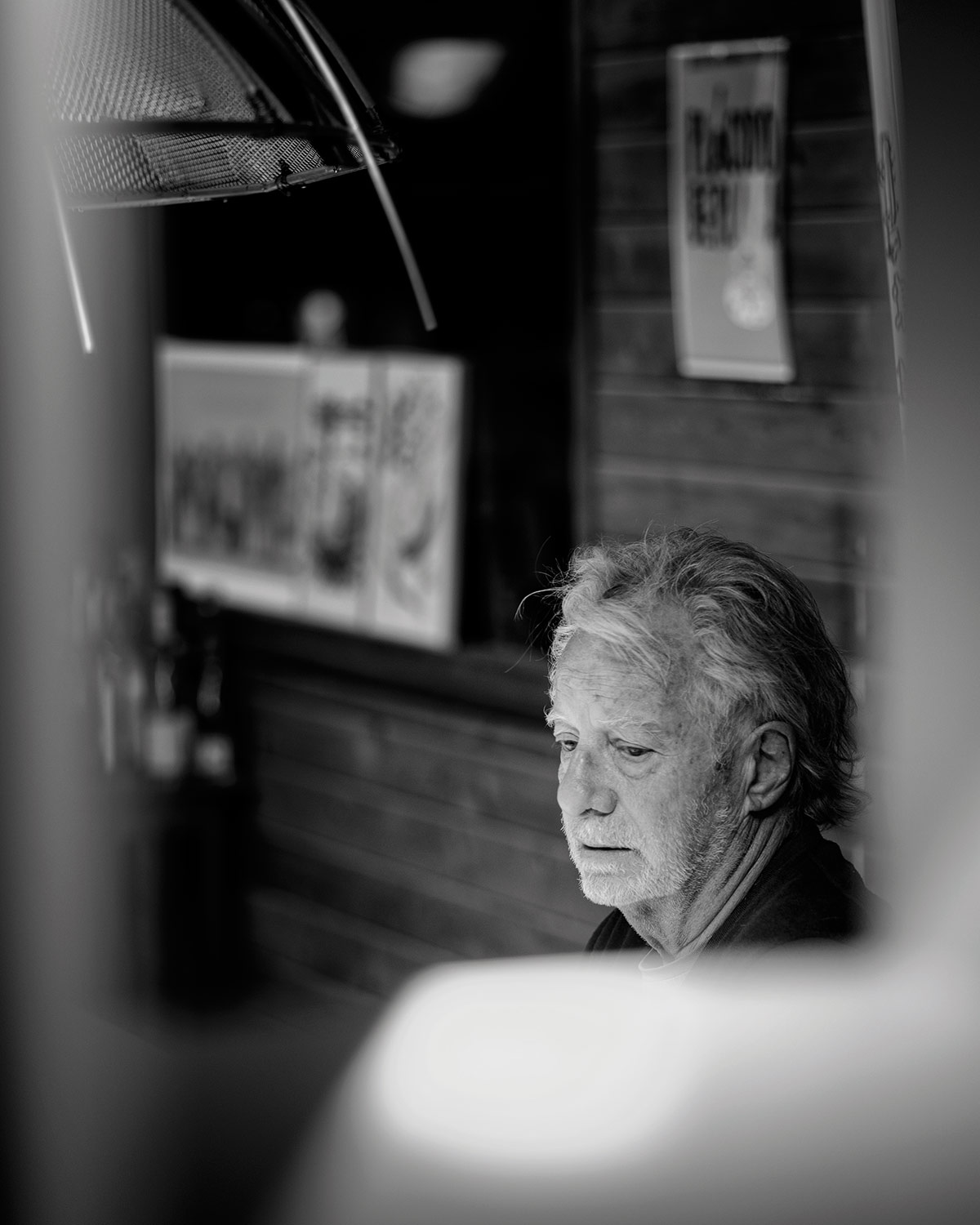
One of the main authors of the transformation that the city underwent at the end of the 20th century, leaving an unforgettable mark and identity, becoming a symbol of our contemporary culture and a point of reference for many generations. Javier Mariscal is one of those people who, when you meet him for the first time, forces you to find your place. A guy who smokes Ducados and who likes to speak without censorship, in a direct, irreverent way, but without intending to offend. He is a man who’s pissed off by “political correctness”. His works are a display of imagination and originality, capturing the essence of everyday life, full of colour, vitality and humour.
His characters, endowed with a unique singularity and expressiveness, seem to take on a life of their own. Mariscal has created some of the most beloved and recognisable icons in our popular culture, such as COBI, the mascot of the 1992 Barcelona Olympic Games. A friendly dog, whose abstract form and playful attitude became a symbol of the city and an emblem of the games, captivating people all over the world.
An insatiable creator of images and a great visual communicator, he confesses that he doesn’t like to talk much about his work. He always looks ahead and this is reflected in his work and his great ability to fuse different creative disciplines ranging from graphic design and illustration to sculpture, furniture, interior design, ceramics and cinema. His latest project is an animated film that has taken him 5 years of work together with the film director and friend Fernando Trueba. ‘They shot the piano player’. It will premiere in Madrid on October 6th, 2023.
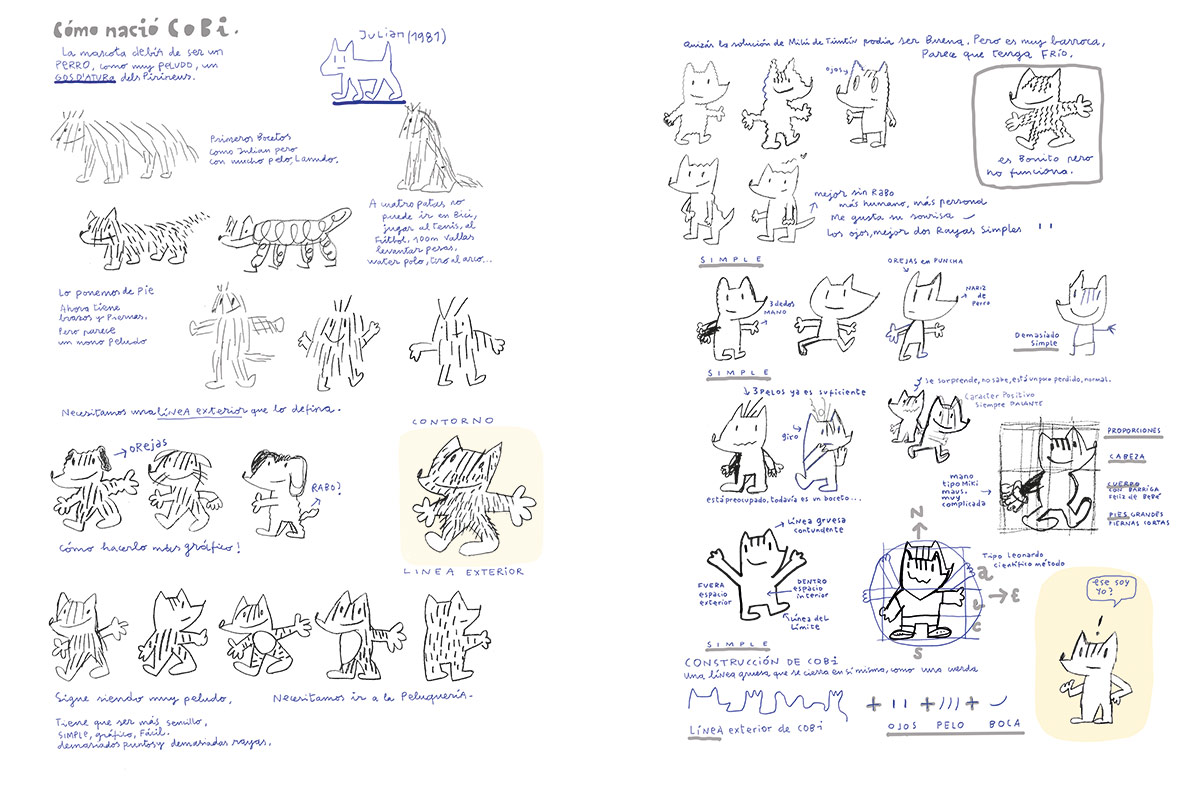
You arrived in Barcelona at the age of 20, in the 70s, what did you find?
I was born in Valencia, to a good family. We were 11 siblings. I studied in good schools and at the age of 20 I came to Barcelona and I found a very powerful city, where a countercultural movement was starting that you couldn’t find anywhere else in the country. Those were very exciting and interesting years. I started studying graphicdesignattheElisavaSchool,butIsoon dropped out. We lived in houses with a lot of friends, like a commune, and there it was like a kind of common box where people shared everything, not just material things. We were soaking up the whole hippie movement that was starting to arrive from the US, it was a new way of socialising, there was an eagerness to enjoy that beautiful concept, “freedom”. I remember a traffic sign at the intersection of Paseo de Gracia and Gran Vía that said FRANCE, which for us, still under Franco’s dictatorship, was synonymous with freedom. The discovery of the photocopier was amazing for us. It allowed us to make comics, like those from the American Underground, but we made them about our reality, we had a strong need to tell stories, to narrate our surroundings. So we started to publish and sell them in bars, on the street, to exchange them for sandwiches or beer. We met new people who were doing things like us, people like Nazario, among others. Discovering Nazario was discovering that there was someone who could draw like shit, with an awesome background. Those were years when creatively we had all the freedom, we got high, we discovered free love, but we also suffered it. We had a great time.

In the 80s you were already recognised as a multifaceted artist. You designed your first piece of furniture, the “Dúplex” stool. How did you come up with this stool?
We made this stool for a music bar, together with Fernando Salas who was helping me. It was a meeting place where guys and girls went to flirt, get to know each other and above all, fuck and get drunk. And it worked very well! I remember going to a furniture company and seeing that no stool fitted in with what we were doing. So Fernando said to me, “Draw what you would like the stool to look like and we’ll make it” and that’s how it was. It’s designed to produce a certain instability, where a mini- skirt, a half-drunk guy or a random person leans or half-sits and somehow it produces discomfort, a feeling of something fast, fun. It’s not for a fat person to sit down and have a hamburger, that would be another stool.
In 1988, COBI was chosen as the mascot for the 1992 Barcelona Olympics and a year later you set up your studio in Palo Alto. Tell us about that period.
They were very exciting years. COBI represented a very happy moment for the city, where the citizens, the politicians, the institutions, everyone collaborated. There was a great desire for the games to go well. COBI generated a lot of opinions, some of them said that we would look ridiculous, but that meant that it was something new. COBI represents that happy moment and I’m glad that it’s still very much alive today. I was fed up of drawing with the café au lait, the bed, the graphic designers who helped me, everything mixed together. I lived in a flat without a lift and taking my work down the stairs sucked and forced me to reduce the size of my work, until I decided I needed more space. I came to this area to look for a studio and I met a friend, Pierre Roca, who told me he had the key to a factory with a chimney. It was a fucking great space, abandoned, in ruins, full of weeds, destroyed during the war. But it had a lot of magic. We fixed it up with a lot of enthusiasm. We had space, streets, no traffic, you could leave the van open and nobody would touch it. And between Pierre Roca, Fernando Salas and other friends, we populated it.
Pierre gave it the name “Palo Alto” because of the chimney, and at the same time it was like the joke of what was in California.
You have just finished your second animated film with Fernando Trueba, ‘They shot the piano player’. How did this relationship start?
Fernando had the brilliant idea of bringing together some of the best Latin Jazz musicians, who because they were Latin were in a corner, and he made a tribute to them with “Calle 54”, a wonderful film. And he called me because he wanted me to do all the graphics. From then on, other projects came up. Like a fantastic restaurant and club in Madrid, which we made with all the images we had created for “Calle 54”. Fernando is a very good music producer. He produced one of the masterpieces of Latin jazz, “Lagrimas negras” by Bebo Valdés and Diego El Cigala. I did all the graphics and one day I said to him, “Fernando, this is amazing, but we’re going to eat it them, people are into other things and they’re not going to understand such a sophisticated product”. WTF, just the opposite, it worked very well. Soon after, he came to me and told me that he had seen the video clip I had made for Compay Segundo, “La negra Tomasa”, and that he loved it. He asked me for the sketchbooks I had made of Havana and suggested the first film, “Chico y Rita”. I had done a lot of series and animation for TV. So, I said to him, “Fucking great, but let it be a bolero, let it be a love story and it could be a saxophonist…”, and Fernando, who is younger but more classical than me, said to me, “No, let’s do something classical”. And this incredible film came out, which was very well received and continues to work.
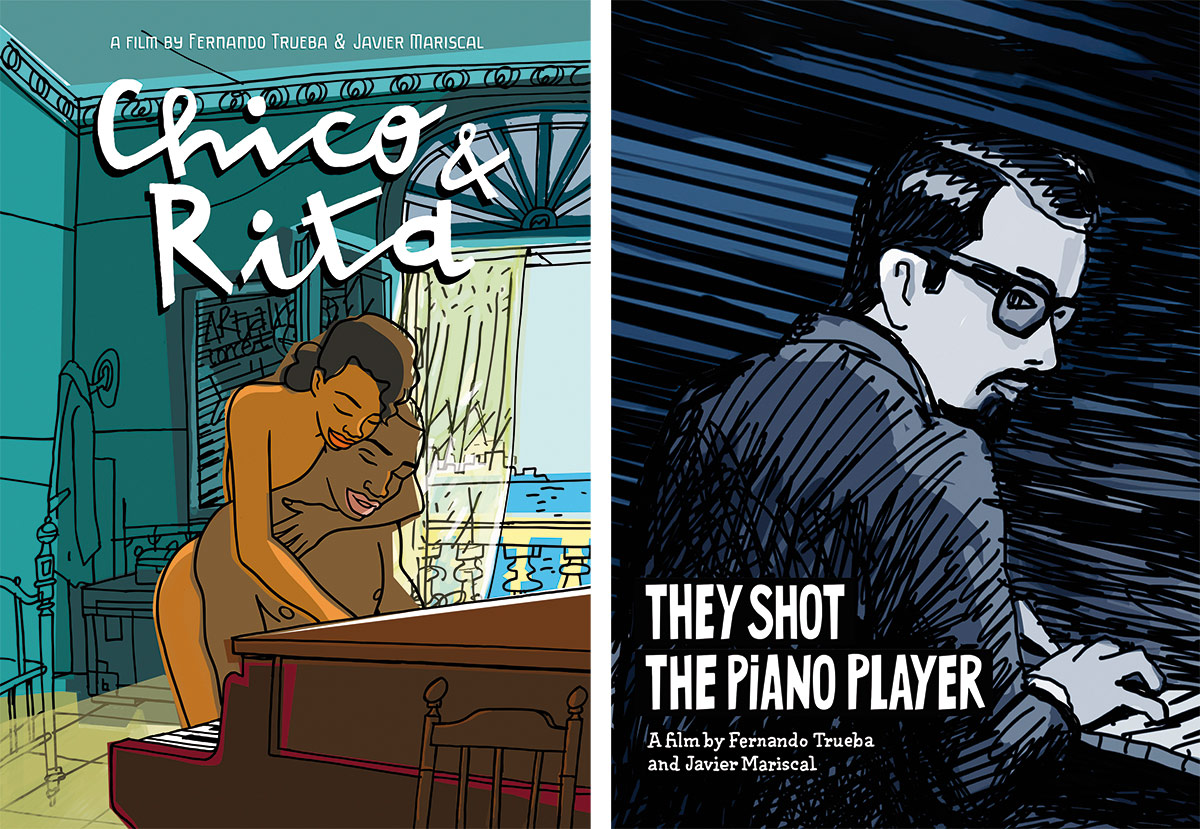
It was nominated in 2012 for the Oscar for best animated film, wasn’t it?
Yes, yes, we didn’t win the Oscar, but it was a winner of other awards. And this last film comes from a record from ‘64 that Fernando had listened to and fallen in love with. He knew the drummer, the recording technician, the four wind instrumentalists, everyone except the pianist and composer. So he began to research this character and did a lot of interviews, recording 120 hours of interviews. Fernando couldn’t see actors interpreting the story, and because with “Chico y Rita” he was very impressed by how the characters took on a life of their own, he came to me and said, ok, we’ll do it all in animation. The voices are real, we used the ones he had from interviews. And that’s how ‘They shot the piano player’ came to be.
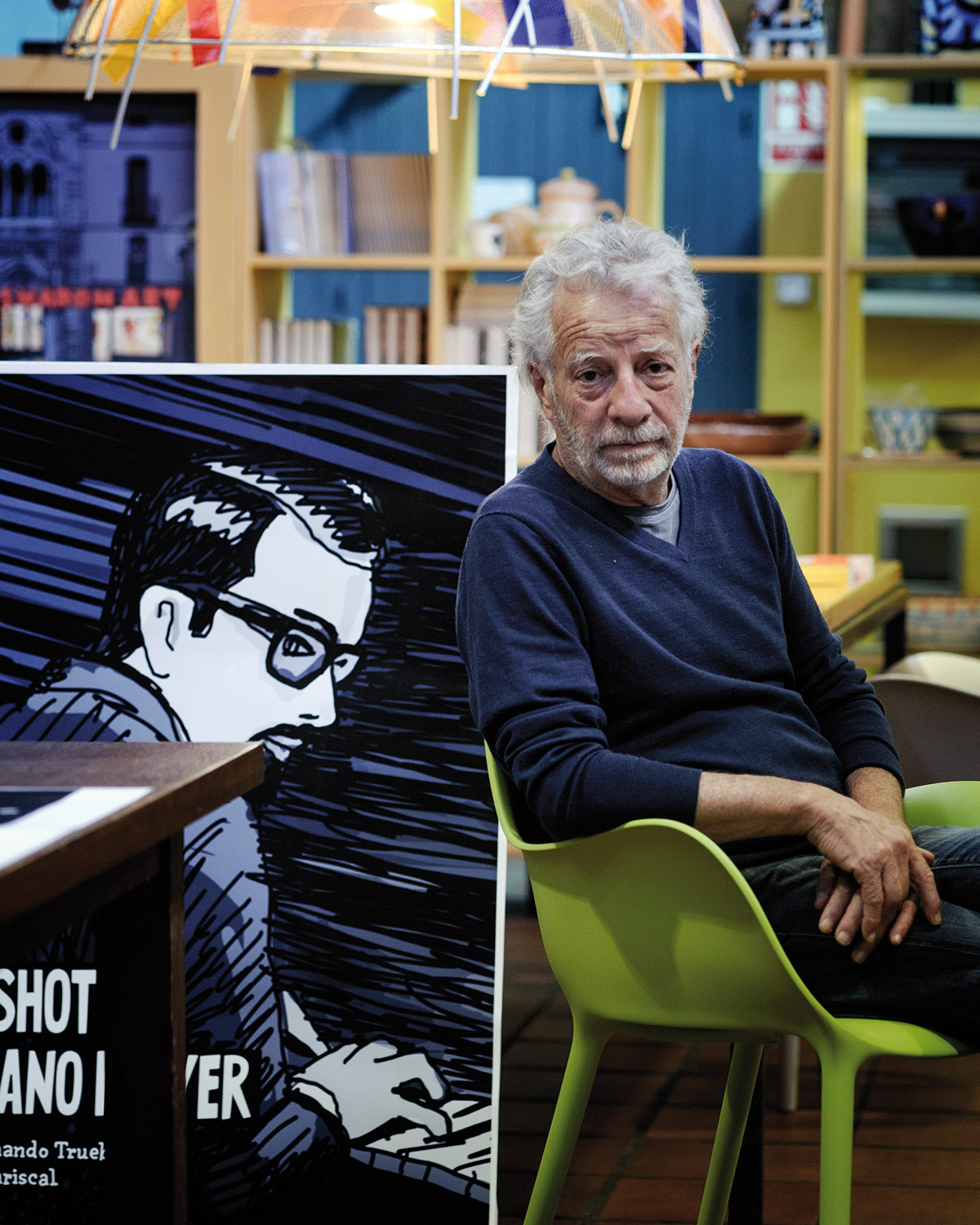
Do you have any other projects in the pipeline?
Yes, I’m working on a book, which I hope to finish a year from now, which is about evolution. I started it before the film and I must be about 100 pages into it. I’m very obsessed with it because the Bible is all very well, but it’s a fantasy. It helped a lot in terms of understanding the world better, but two and two don’t always make four, although we’re already doing okay. Today is the best day in history and in humanity, and tomorrow will be even better. And whoever complains is just not getting the message. On the other hand, I would like to do an animated film, which I have had on the backburner for years. It’s about two white friends who, after a row with the police, get on a boat and end up spending a summer in Formentera.
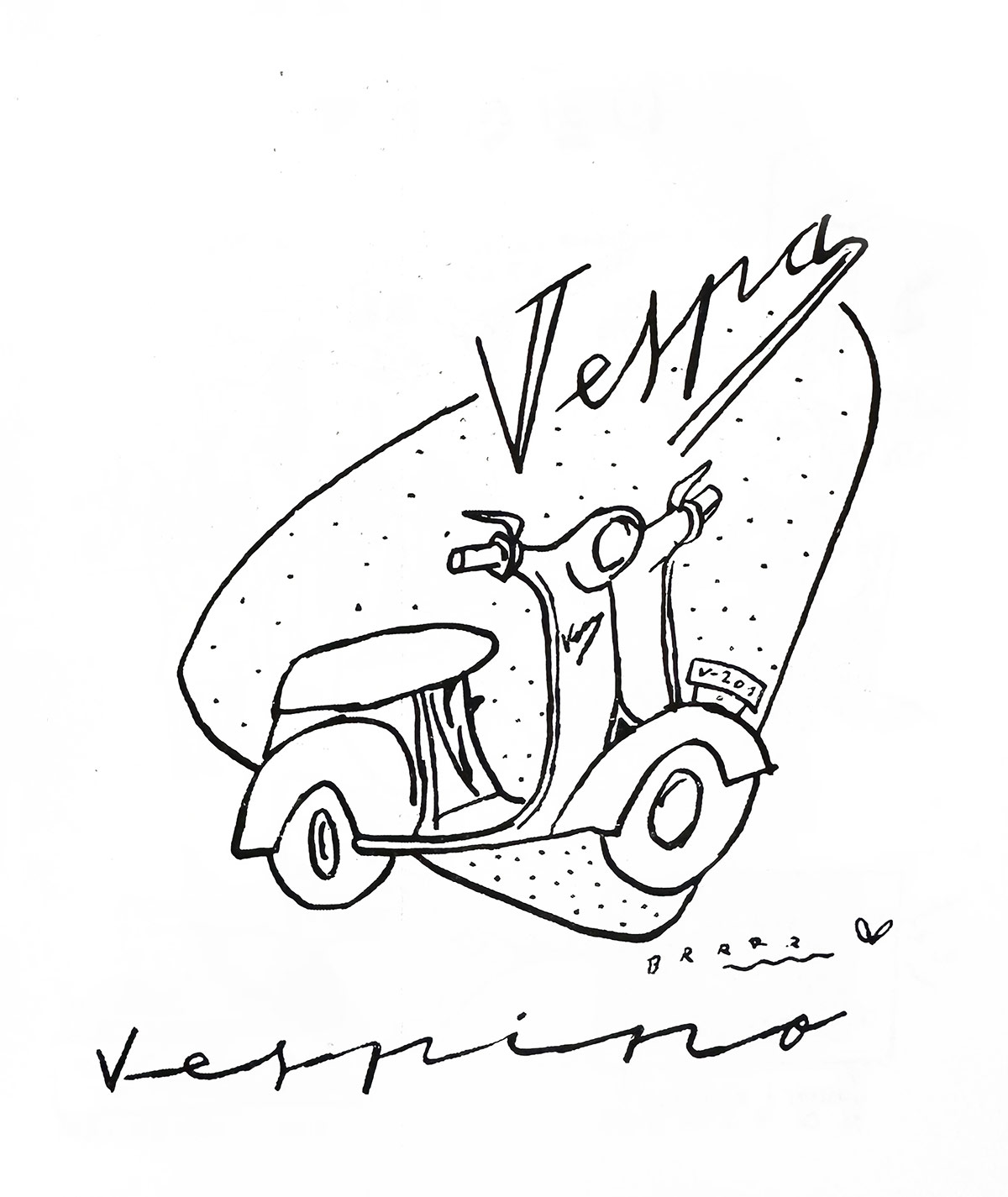
Is it biographical?
Yes, it’s quite biographical, they discover a lot of things.
Is there any work of yours that you are very proud of?
No, I have a very critical attitude towards what I do. I think that happens to most people who make things. And at the same time, you love them, because they are like your children. There are moments of great highs, when you think you’re God painting the Sistine Chapel, and others when you feel ashamed and realise your own limitations or that you’re not as brilliant as others. I have a love/hate relationship with my work. Maybe hate is too strong a word, but I am very critical. I really like other people’s work. I remember the first time I met Ron Arad, first I discovered him as a person and we became friends, but then I saw what he did and I was fascinated. Ettore Sottsass, who I was very good friends with. Phillippe Starck, who is the opposite of me, fast and very bright. I always have very conceptual friends like Miquel Barceló, Fernando Trueba, Javier Jaen. The other day I was with Javier Jaen, who is like a brother to me, the guy is amazing and he’s very young, but he’s very conceptual. We were using AI and Javier wanted to use AI to illustrate what a philosopher once said: if you put a monkey to type for an infinite time, it will end up typing the entire works of Shakespeare. It’s very nice as a concept. So he was giving directions to the AI interface like: “Make me a monkey that writes” “No, more gorilla… “ And so on until he did it without picking up a pencil, just typing words.
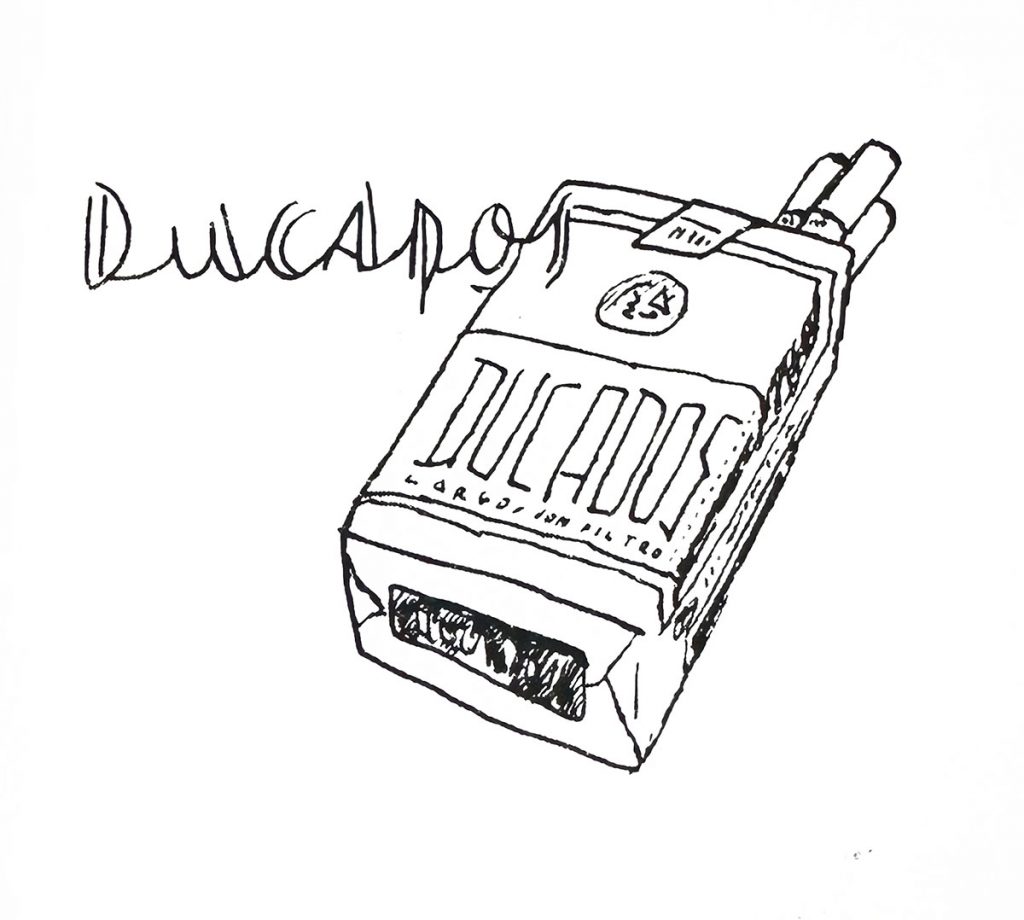
You have been working for more than 50 years. Have you ever thought of retiring?
Retirement? No, that word doesn’t exist in my vocabulary. ‘ve just taken on a little house in Empordà and I’ve gone to live there and I want to start painting again. I’ve always been very much a country person, I love looking after plants and all that, but having a studio with so many people in the city, then small children… Now I’ve seen that I can leave and I’m going. I’ve always had a house in the country, in Ibiza or Formentera or Tarragona or Empordà. It’s very different to live in the countryside than in the city, especially in terms of silence, two degrees higher, the winds, the breeze. The swallows when you see them arrive, how they pass through the fields. I took two truckloads of pots from my house in Barcelona. The garden you see here in Palo Alto, I started it and I’ve been taking care of it. There is a very powerful relationship and it helps you understand a lot. It has another rhythm, another language, they are very intelligent. I think they look after you more than you look after them. Nowadays they don’t see you as a fucking hippy if you say that plants are very intelligent and that they have a whole series of strategies, like any other living being. They make you understand that we are not the centre of the universe.
